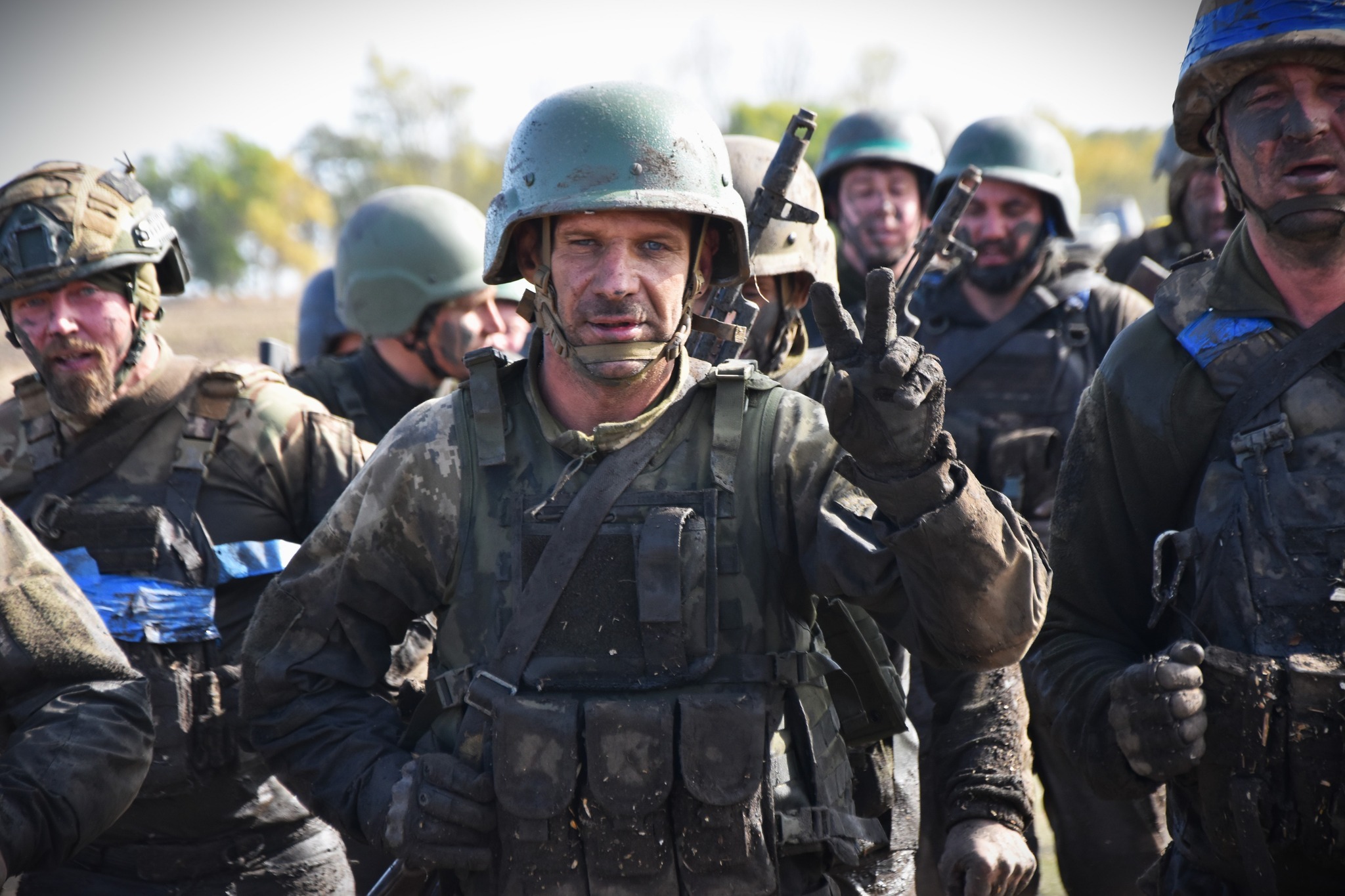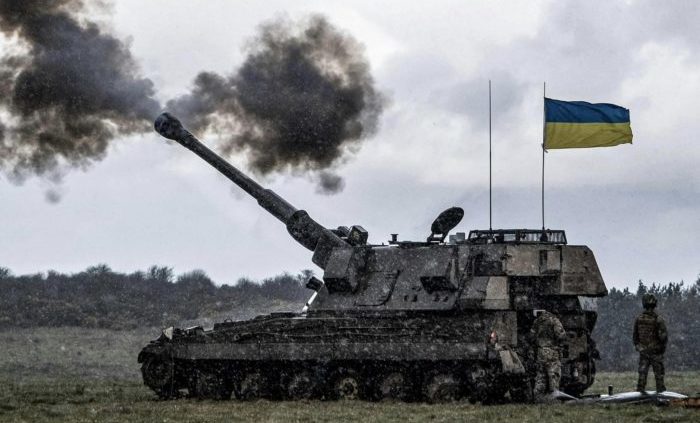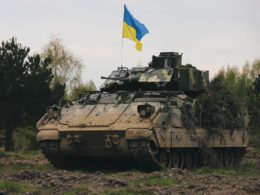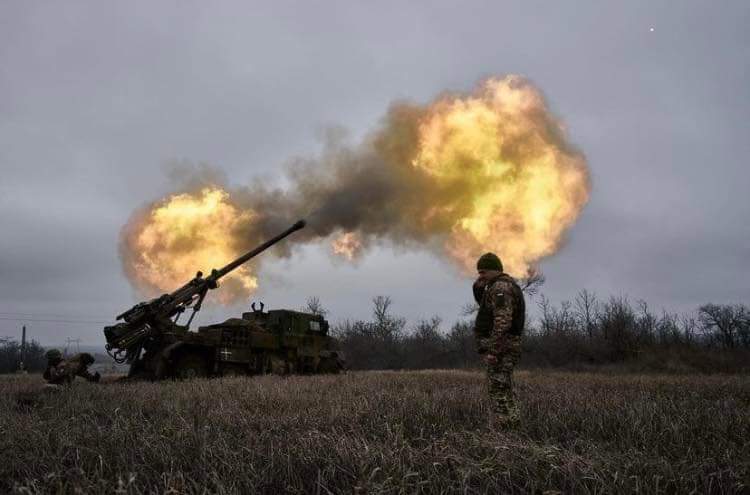While many tend to focus on a frontline that has only experienced minor changes since the start of the Ukrainian counteroffensive on 4 June, the overall situation is still very much dynamic and uncertain.
Air warfare
The Air threat is likely increasing.
Firstly, Russia has established supply lines to circumvent Western sanctions, enabling it to increase its domestic production of missiles. The number of missile strikes has simultaneously gone down.
During the last three months, Ukrainian Air Defence has intercepted 86, 88, and 82 missiles, respectively. That’s roughly 100 less per month than at the height of Russia’s winter campaign in 2022/23. Russia is likely stockpiling missiles for its next winter campaign to destroy the Ukrainian energy sector. Due to other trends, however, Ukrainian supply lines might also become more exposed to Russian strikes during the next six months.
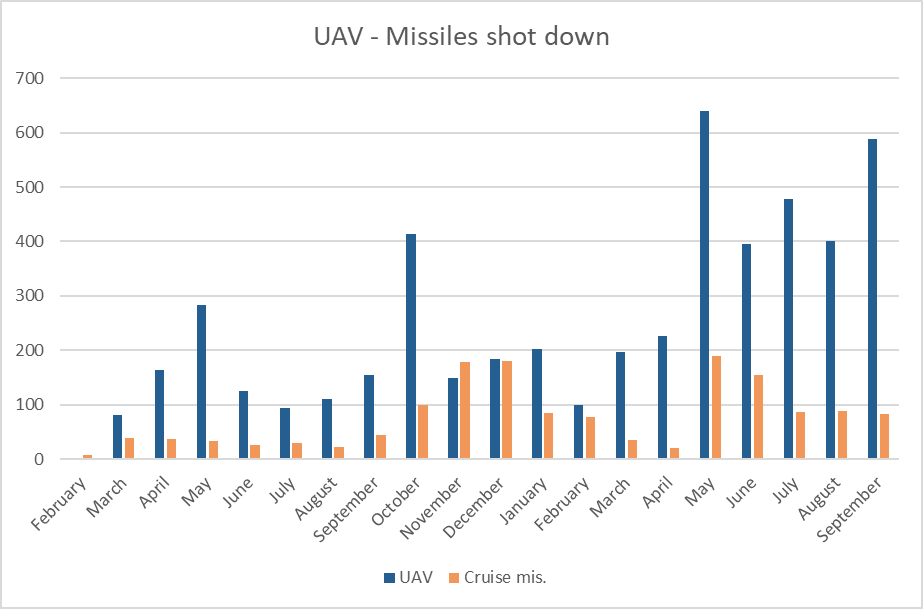
Secondly, domestic production of long-range strike drones – combined with the increased delivery from Iran – has allowed Russia to greatly increase its drone strikes against Ukraine.
During March – September 2022, Ukraine downed 1,012 UAVs. During the same period this year, Ukraine shot down nearly three times as many (2,923). The strikes serve several purposes. It allows Russia to actively search for, target and destroy Ukrainian Air Defence. The massive drone attacks also exhaust Ukraine’s stockpiles of AD missiles.
They enable Russia to further destroy the Ukrainian industrial base and its port facilities. Not least, they allow Russia to hold the world hostage to hunger.
Recently, an increasing number of UAVs have been able to avoid Ukrainian AD and strike their intended target. During the last month, Ukraine downed 78% of the Shahed-136/131 UAVs. In the last week, however, more than 50 (27%) of the attack drones got through and found their intended targets.
Lastly, while Ukrainian Soviet-legacy AD is slowly being depleted, the inflow of Western AD is both slow and limited. Most NATO members have failed to invest in and maintain a robust AD network during the last three decades. They have, therefore, limited stockpiles to provide Ukraine. Simultaneously, many scramble to rebuild the AD and close a critical vulnerability. This must be seen in the context of the evolving drone war. Most lack counter-drone systems as hundreds of USD worth of UAVs have shown themselves able to destroy high-tech systems worth millions.
During the last three months, Ukraine has not downed any combat aircraft while only shooting down eight helicopters. During the same period, the Russian Air Force has increased the number of airstrikes from 1,410 in June, to 1,512 in July, 1,683 in August, and 1,925 in September.
During the last four months, the Russian Air Force losses are greatly reduced while the number of airstrikes has increased by 36.5%.
It has greatly increased the launches of glide bombs against Ukrainian positions, cities, and settlements. First employed in early March, the Russian-winged UPAB-1500 and FAB-500 glide bombs are being used in increasing numbers. On the night of 2 October, 40 of them were used against military and civilian targets in one Oblast only.
The growing Russian air threat is a matter of concern.
Land war
Four months into the counteroffensive, Russia has been unable to stop Ukraine’s slow but steady advance along the Bakhmut, Melitopol’ and Berdiansk axes. While the size of the liberated area might come across as unimpressive, the combined efforts are amazing. The Land Forces are advancing through some of the most densely mined areas ever while facing impressive, fortified positions protected by Russian artillery, MLRS, anti-tank systems, mechanized maneuver forces, attack helicopters, and combat aircraft.
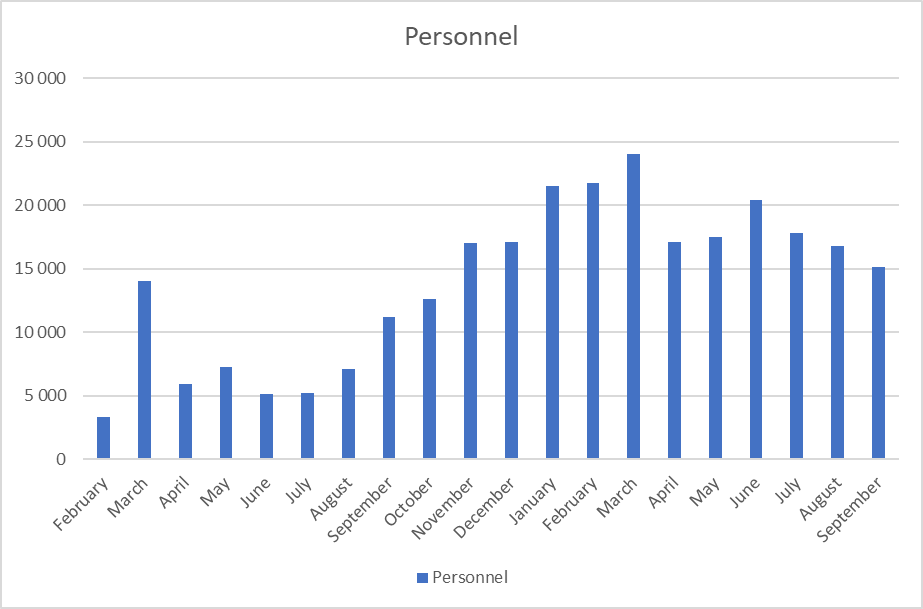
Defending fortified positions, Russian personnel losses have fallen gradually since the offensive started four months ago. Russia is still losing an average of 17,500 soldiers a month. It lacks strategic reserves and is forced to laterally transfer units to reinforce hotspots along the frontline.
As a consequence, reports of low morale are substantiated by recorded complaints of lack of rotation, high losses, lack of medical support, lack of artillery and armored support during assault operations, lack of or faulty ammunition, and more.
Ukraine is little by little, wearing down the Russian forces in occupied territories.
It is actively targeting some of Russia’s key capabilities. Massive artillery strikes – along with massive infantry assaults and total disregard for human losses - have always been one of Russia’s key advantages. During most of 2023, Ukraine has been destroying enemy artillery at an increasing pace with the help of long-range western artillery, smart ammunition, and, not least, kamikaze drones.
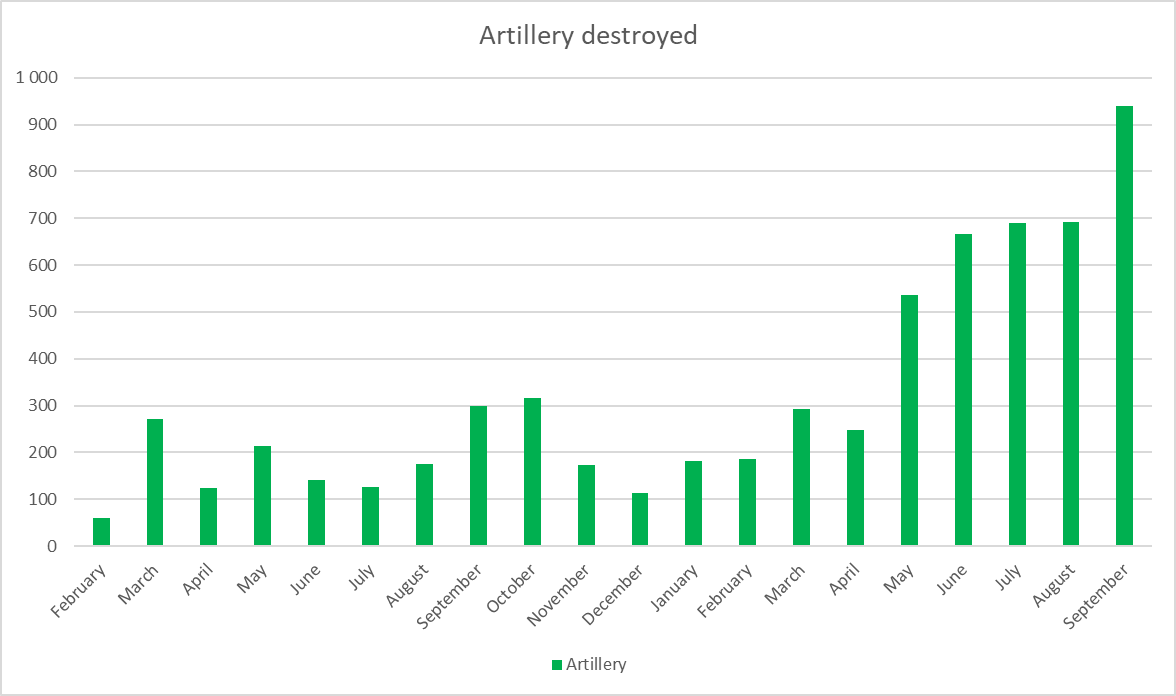
![]()
It has already greatly reduced Russia’s stockpiles of main battle tanks (4,717) and armoured personnel vehicles (9,000). It has been forced to deploy 50-year-old tanks and APC against Western-produced Leopard, Abrams, Bradley and CV-90s.
The “Army of Drones” are responsible for an increasing part of the total Russian losses of heavy equipment. During the last weeks, Ukrainian drones have destroyed around 73% of the tanks, 46% of the armored personnel vehicles, 34% of artillery, and 28% of trucks.
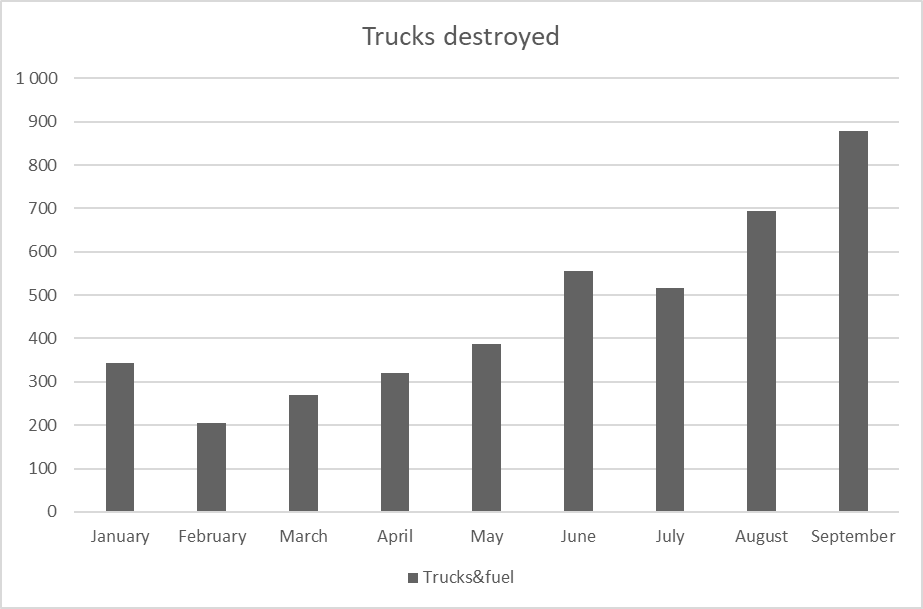 One can only assume that Russia is trying to achieve a similar success rate against Ukrainian high-tech weapons, making the delivery of effective counter-drone systems increasingly more urgent.
One can only assume that Russia is trying to achieve a similar success rate against Ukrainian high-tech weapons, making the delivery of effective counter-drone systems increasingly more urgent.
Equally important, Ukrainian cruise missiles, drones and artillery are actively reducing Russia’s logistic support system. A total of 8,909 vehicles and fuel tanks has been destroyed, along with numerous ammunition depots since 24 February 2022. Nearly 2,650 have been destroyed only the last four months.
Ukraine is creating the preconditions for a decisive breakthrough.
Trending Now
As previously highlighted, observing the Ukrainian counteroffensive (from a safe distance) is in a sense like viewing the calving of a glacier. It’s extremely – for lack of better words – long-lasting. Still, extreme forces are gradually increasing every single minute. When the calving occurs, it is dramatic and explosive. Like the Ukrainian counteroffensive and the forthcoming breakthrough and/or Russian collapse.
Maritime warfare
Since my last assessment two weeks ago, we have seen a steady increase in maritime shipping arriving at Ukrainian ports. Three vessels with agricultural products and iron ore left the ports of Chornomorsk and Pivdenny in the last couple of days. Five new vessels are heading for the ports to load almost 120,000 tonnes of Ukrainian grain to Africa and Europe.
This is important for several reasons.
- Despite its threats (warning to mariners), Russia has not yet attacked any of the ships following the Ukrainian shipping lane through the territorial waters of Türkiye, Bulgaria, Romania, and Ukraine. Russian security guarantees (against Russian attacks on civilian shipping) have so far been proven redundant.
- Its lack of maritime interdiction operation implies that Russia is reluctant to act in a manner that might trigger a Western military response. I believe this should allow the West to revisit its present strategy on Ukraine. As previously argued, Russia’s stated red lines have until now had a huge impact on Western support for Ukraine starting in 2014. It only works because the West believes Russia is willing to act upon them. Russia never did and most likely, never will act upon its red lines. Why? The unthinkable is still just that: unthinkable. It defies its strategic aim to avoid a direct military confrontation with the West.
- Lastly, it also serves as an indicator of the effect of Ukrainian drone (UAV and USV) and missile strikes against the Black Sea Fleet. A country without a Navy in the conventional meaning of the term has already sunk and destroyed 20 warships, vessels, and one submarine. It has also inflicted damage to several more. It has reduced the number of combatants and reduced its long-range Air Defence capacity. The Ukrainian campaign has also forced the BSF to relocate a greater part of its fleet to Novorossiysk in the face of threats to Sevastopol. This greatly increases the distance from the naval base to the area of operations while under increasing threat from Ukrainian drone and missile strikes.
Russia’s maritime power in the Black Sea is being reduced.
Russia is increasingly more dependent upon its aging Su-24 Fencer and Flanker combat aircraft to conduct maritime strike operations as the BSF's ability to project maritime power is slowly being reduced.
Ukraine has the initiative in all dimensions
Ukrainian progress comes at tremendous costs
That said – and as previously stressed – Ukrainian progress comes at tremendous costs.
Cities and settlements close to the frontline are exposed to 20-25 airstrikes, 40-70 MLRS, and 80-150 artillery attacks daily. Some cities and settlements have ceased to exist altogether.
Ukrainians are daily exposed to a threat to their lives and fight for their right to exist.
The human costs are massive. As many as 170,000-200,000 civilians might have been killed. According to The New York Times, the Ukrainian security and defense sector might have suffered an additional 70,000 soldiers killed and 100,000-120,000 wounded. It is assessed that between 20,000-50,000 Ukrainians have lost one or more limbs since the start of the war. A recent report highlights the long-term and massive effects of war-related trauma.
Despite Ukrainian resilience, 10-20% of the population might need psychological support and care because of being exposed to near-constant threats against their lives.
The abovementioned trends in favor of Ukraine cannot be taken for granted. All countries have a breaking point. Ukraine’s ultimate vulnerability is, however, not found on its territory. It is its fundamental dependency on continued Western support.
The war's outcome will remain uncertain until the West can mobilize the same resolve and courage as Ukraine.
That will happen when it fully recognizes and acknowledges that the Russian war of aggression primarily targets the West.
Related:
- Ukraine has the initiative in all dimensions
- Russia’s “ultimate” red line is as hollow as the first ten

